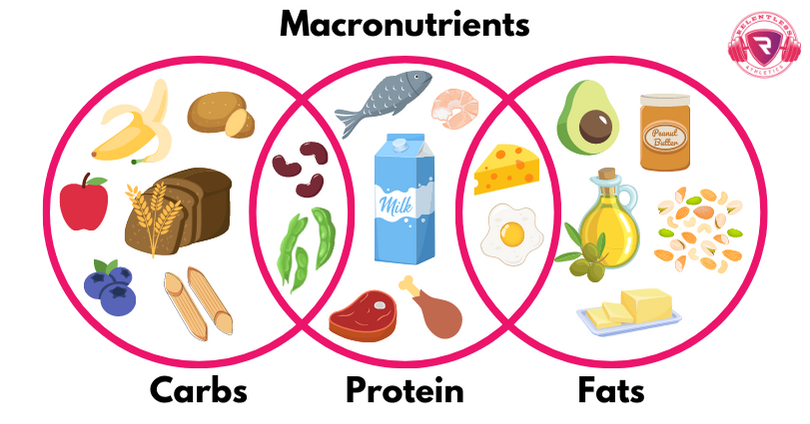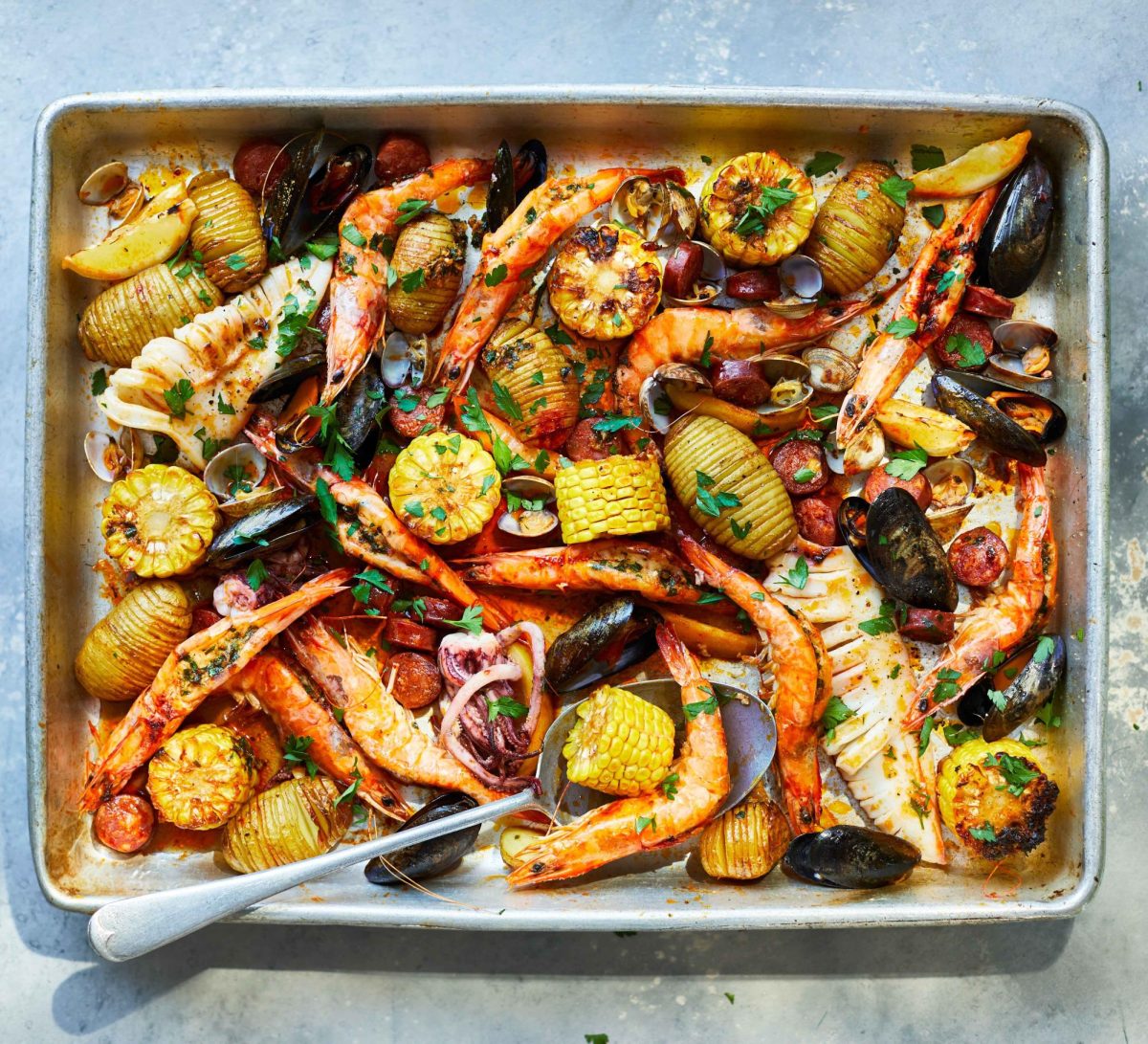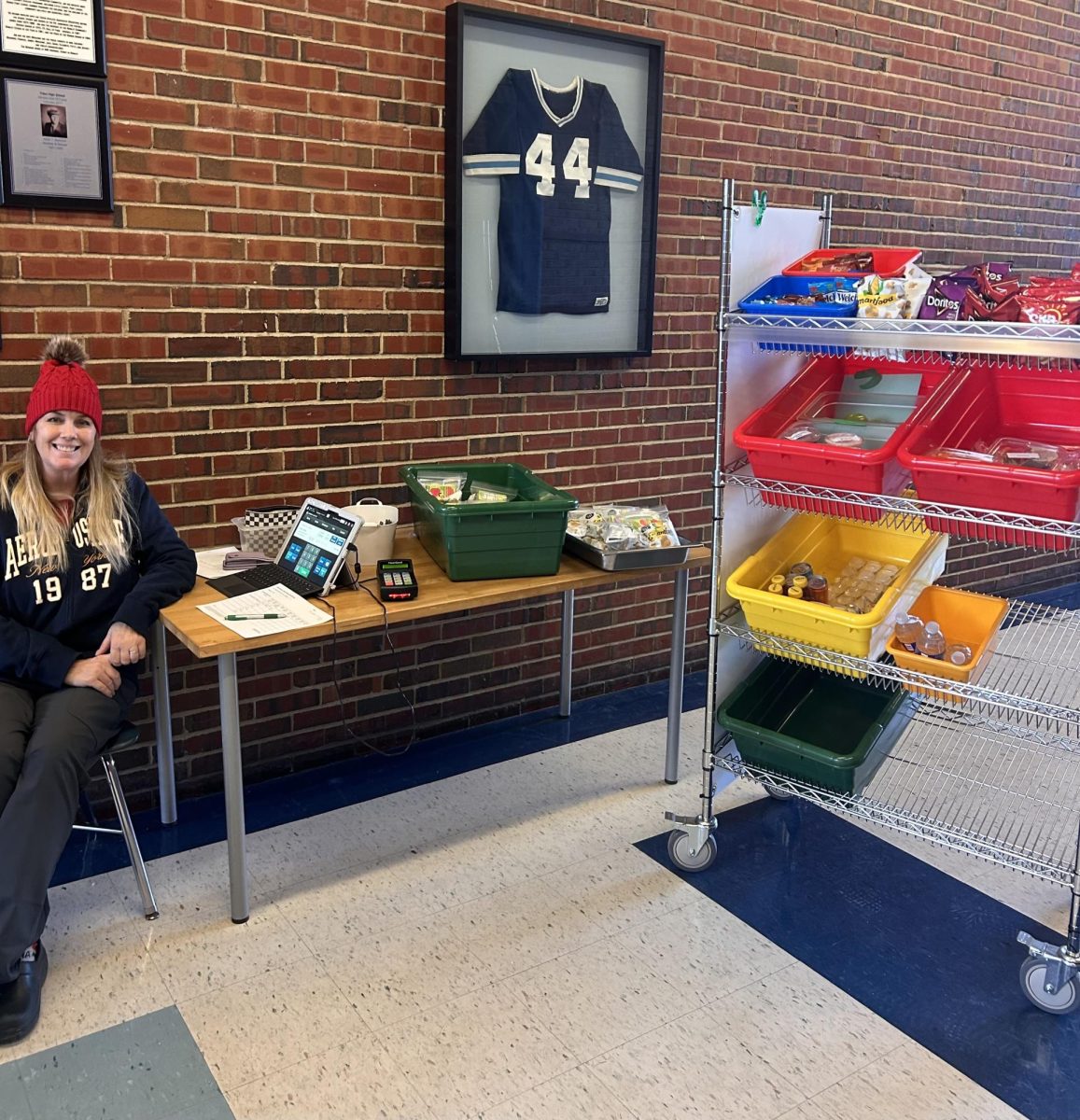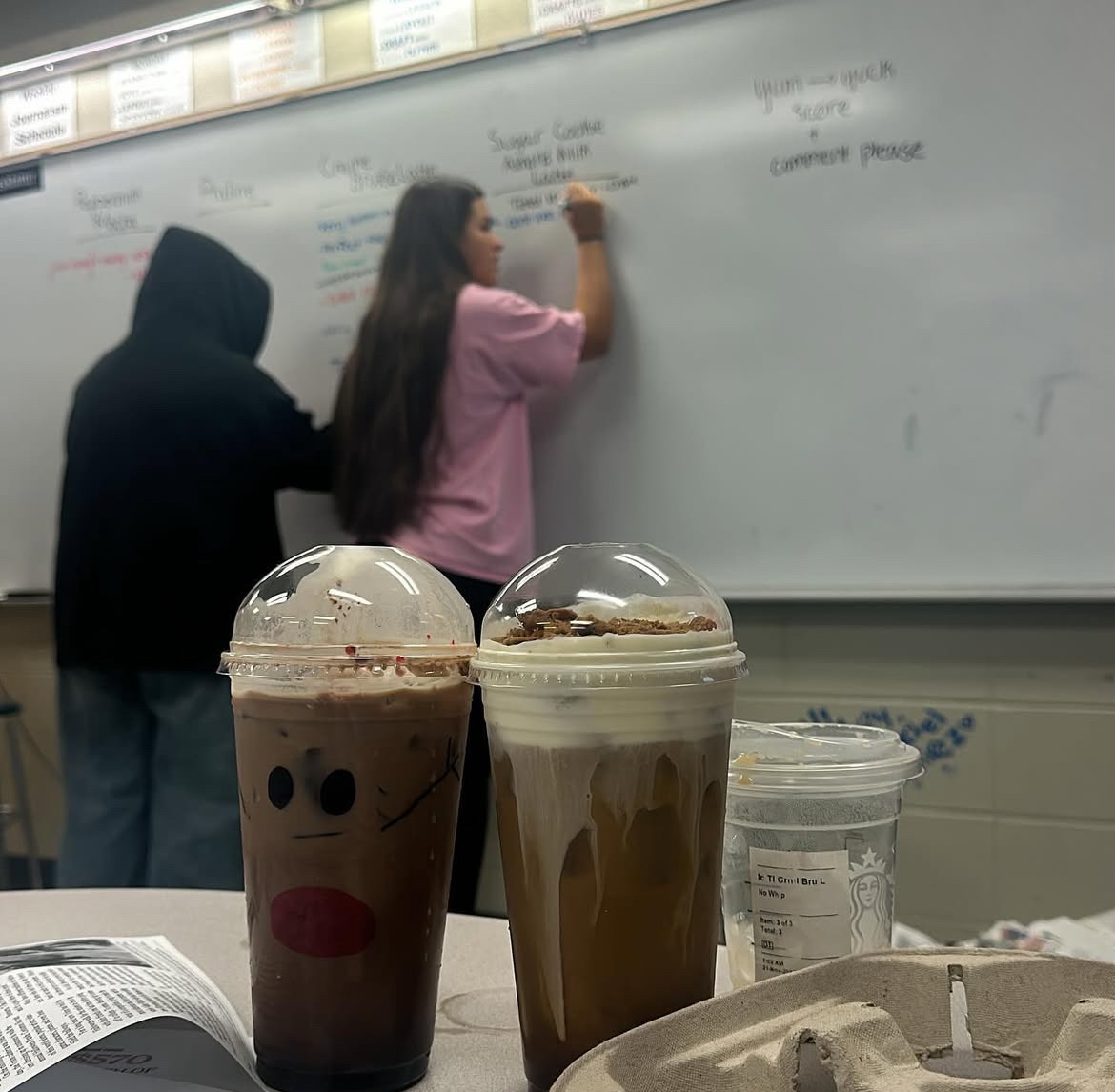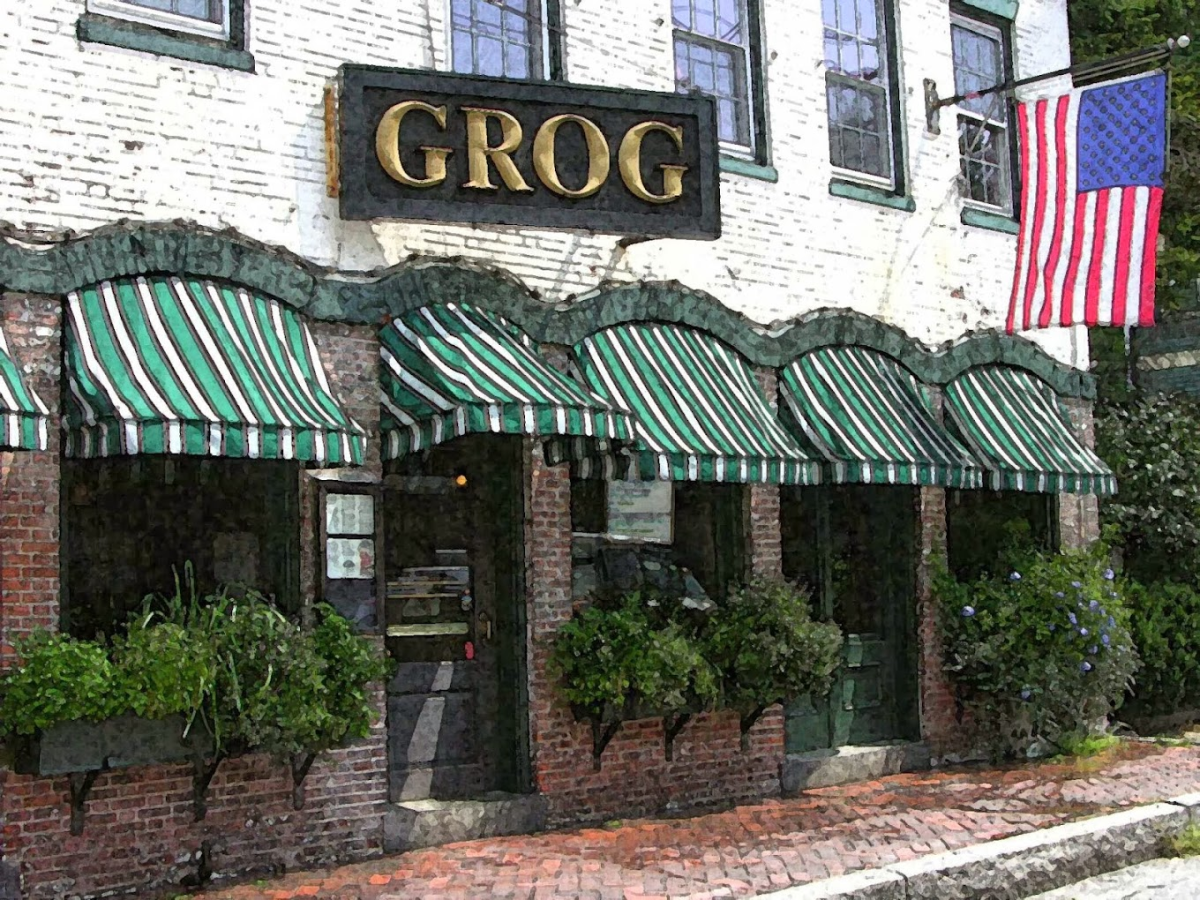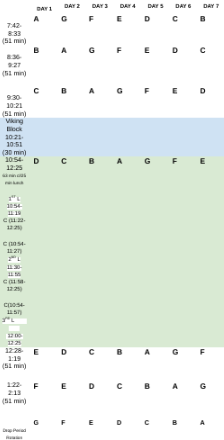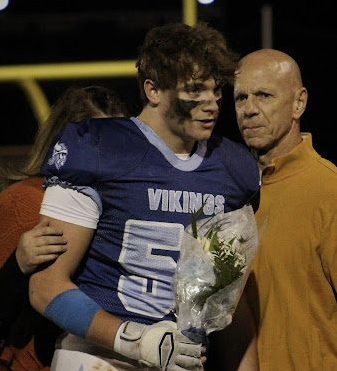Imagine walking into the cafeteria after a grueling morning of classes, only to find your lunch options limited to small portions of uninspired, bare-minimum meals. For many students at Triton Regional High School, this is the norm. Triton’s current meal plan sometimes falls short of providing nutritious, filling, and appealing options, especially for student-athletes with higher caloric and nutritional needs. Triton needs an overhaul of its lunch program to better serve its diverse student population.
The Problem: Small Portions, Low Quality
Picture this: pizza with a side of seven fries or a chicken finger sub-slapped between two plain wheat bread slices. These meals hardly satisfy the hunger of the average student, let alone an athlete burning through calories during daily practices. Tim Clark, a senior at Triton, acknowledges the pizza is decent: “I think the pizza’s pretty good, like the cheese and crust… big fan of the crust.” But even Tim admits that you’d have to double up on portions to feel full. The portions are simply too small for many students to make it through the day.
The Bigger Picture: Nutrition Lacking
The issue goes beyond portion sizes. Most of the meals offered seem only to meet USDA-recommended standards for balanced nutrition, at times coming off as the bare minimum. While students can grab a salad or side dish, these options are rarely enough to sustain energy levels. Athletes, in particular, require meals rich in protein and complex carbs to fuel their bodies. Instead, they’re left choosing between meals that lack both variety and nutritional value.
Athletes Need More
For students training hard, whether in football, wrestling, or any other sport, the current meal plan simply doesn’t cut it. Boxed lunches or salads might be available, but they’re not designed to meet an athlete’s caloric or nutritional needs. These students often bring food from home or spend extra money to supplement their diets. That’s not just inconvenient, it’s unfair.
The Reviews Are In
Here’s how Triton lunches fared during a review of meals from the week of December 19, 2024:
– Day 1: Pizza or a small burger with a minimal portion of fries.
– Day 2: Tacos, by far the best option of the week, with decent portions of meat and toppings.
– Day 3: Chicken finger subs, underwhelming in flavor but adequate in chicken quantity.
– Day 4: Breakfast favorites, including too small of a portion of eggs for the typical athlete, nutritionally insufficient for a midday meal.
The recurring theme is inconsistent quality and portions inadequate for the average athlete or students with a higher caloric intake plan, leaving the only way to achieve this goal to pack a home lunch or go into debt with Triton.
Addressing the Counterarguments
Some may argue that Triton’s lunch is usually enough and offers a variety of options, including salads and gluten-free meals. Technically, this is true. But as Jackson Mace, a senior, puts it: “Sometimes I’d rather starve than eat school lunch.” Fellow senior Gennes Packer agrees: “A lot of the time I don’t enjoy the lunches; I usually don’t eat lunch at all.” Neither of these students is planning on eating a high-calorie meal and still, they can’t find a way to be satisfied by Triton lunch without a price. While there may be technical compliance with dietary guidelines, the reality is that students are unsatisfied, and athletes are under-fueled.
A Better Path Forward
Triton can take inspiration from schools like North Reading, which have partnered with professional food services like Chartwells. These programs offer nutritious, filling meals designed to meet the needs of all students, especially their athletes. Triton should consider adding:
– Athlete-specific meal options with higher caloric density.
– Larger portion sizes to satisfy hunger.
– Higher-quality ingredients to improve overall meal satisfaction.
Let’s make Triton a school where students look forward to lunch, not dread it. With a revamped meal plan, we can ensure every student is fueled for success, both in and out of the classroom.


